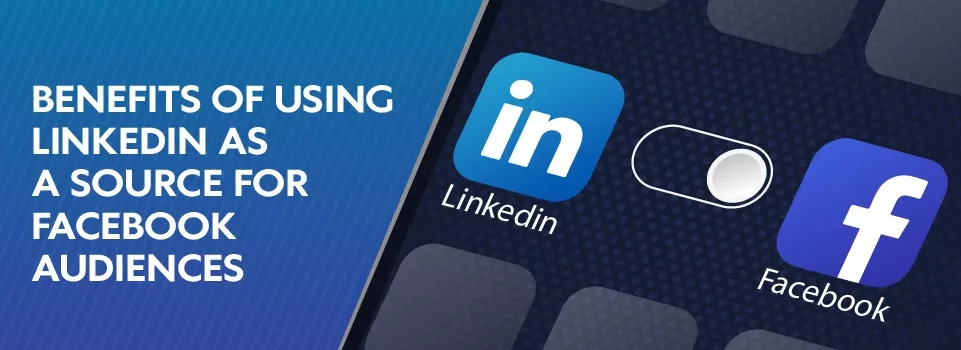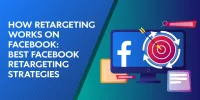While having a lot of similarities, Facebook ads and LinkedIn ads have significant differences in their marketing purposes, especially concerning their target audience. Facebook is a worldwide popular social media for everyone. Linkedin is a business-oriented platform that accumulates a professional audience.
This contributes to the fact that users indicate more accurate information about themselves on LinkedIn for business purposes. If on Facebook you can put some fake information in your profile as a joke or disguise or leave out accurate professional information, LinkedIn appeals to more serious intentions. It’s a great platform for finding work or business integrations, selling B2B services.
Target professional audiences
An undeniable benefit of LinkedIn is the opportunity to create audiences of professionals. In addition to general demographics like age, gender, country, you can target users based on their job title, industry, company name, degree, etc. This provides a more specific insight into users’ educational and professional career. Though Facebook’s detailed targeting also includes such parameters, we must bear in mind that people most likely put more accurate information about their career path on LinkedIn than on Facebook. Thus search by professional parameters will be more effective on Linkedin.
Why LinkedIn ads cost is higher
LinkedIn is famous for its high conversion rate. According to the statistics the average LinkedIn ad CPC is $5.26, Facebook ad CPC is $1.72. Though LinkedIn ads have higher CPC, it doesn’t mean that they’re overpriced. It’s rather connected with the high-quality of leads acquired through advertising on LinkedIn. According to marketing experts, the clicks on LinkedIn have a higher level of conversion compared to Facebook.
Speaking about the financial side of the question, we should also mention the return on investment for leads on LinkedIn. You might spend more on each click than you would on Facebook, yet the result yielded, in the end, covers the advertising expenditure. In the long run, when the ad is reaching the right audience, the ROI will be higher.
In addition, Facebook has a relatively low minimum budget: $1 for impression-based campaigns and $5 for click-based campaigns. In comparison, LinkedIn requires no less than $10 budget a day, which varies depending on your ad objectives.
Who has a bigger client base: Facebook vs LinkedIn
Facebook succeeds in the number of people engaged in the platform. As of today, Facebook can boast of over 2 billion active users while Linkedin comprises 550+ million people. Anyway, you don't show the ads to the whole user base but create a specific audience consisting of people interested in your product. A more precise choice of the target audience will save you from irrelevant expenses.
As it was previously mentioned Facebook has a bigger and more engaged client base using this social media platform on a regular basis. LinkedIn is quite specific in terms of target audiences that can’t be reached through other advertising channels. LinkedIn is a rather irrelevant advertising platform for B2C companies as it’s more B2B-oriented. Facebook has advanced algorithms and a larger database with more room to optimize and deliver your ads to the right audience. That’s why Facebook advertising is much cheaper.
Ad types
Along with such ad types as text ads, Sponsored content, Sponsored InMail, Programmatic display ads, LinkedIn can boast of Dynamic ads. Dynamic ads allow you to closer connect with users by using their own profile data. Use the customer’s name or profile photo in your ad to personalize the advertising experience.
Facebook has a much broader range of unique ad types, which are also customizable. You can choose from such advanced formats like slideshow, canvas, stories. Facebook recently rolled out Instant experience ads. They are optimized for mobile devices and are designed to catch the attention of your audience without taking them away to another page.
Benefits of LinkedIn audiences on LeadEnforce
LeadEnforce provides a unique audience creation opportunity to combine the advantages of both Facebook and LinkedIn. The platform allows you to target LinkedIn active users by their industry, company where they work, job title, school, the field of study, or degree and show ads on Facebook to these audiences.
Basically, you cut advertising expenses because you’re advertising on Facebook which is cheaper than LinkedIn ads. Yet at the same time, you’re benefiting from the LinkedIn professional user base.
Conclusion
LinkedIn definitely serves as a good source for creating an audience if you want to target business people with Facebook ads. Thus, our LinkedIn audiences feature enables you to deliver your Facebook ads to more specific audiences that can’t be reached in other ways.

